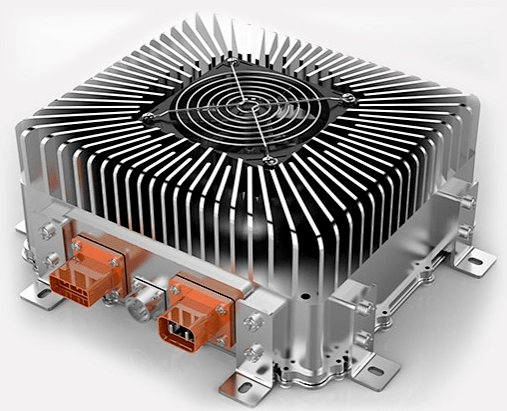The difference between direct current and alternating current in electric vehicle chargers.
With the growing popularity of electric vehicles, it's easy to get lost in a jumble of jargon, a mess of misinformation, or a mess. From car charging stations to EV maintenance, there's a lot to know.
So start your EV journey with something simple: the difference between AC (AC) and DC (DC) charging. Whether you're considering buying an electric vehicle for personal use, or managing your workplace and want to understand the benefits of installing a charging station, this is essential knowledge.
In this blog post, we break down the basic differences between these two charging types.

First things first: What does an electric car run on?
Just like deciding whether to pump gasoline or diesel into an ICE (internal combustion engine) car, EV owners need to understand the fundamentals of powering their car.
Ultimately, all electric vehicles run on DC power. Think of an electric car as a cell phone. The phone runs on DC power despite being charged from the grid (all power sources are AC). This is because DC power can be stored in batteries, allowing your device to be used independently of the grid. AC power can be converted to DC power with the help of a converter in your phone's wall adapter. That's why your phone doesn't need to be plugged in very often.
The same goes for an electric car, as it also runs on portable batteries. The only difference is where the converter is located. In an EV, an AC-DC converter exists in the vehicle itself, converting electricity only when the car is plugged into an AC charger.

So why are there two different types of charging, AC and DC, and what's the difference between them?
AC charging: conversion slows down the process
Alternating current (AC) charging relies on AC power. Simply put, instead of providing a constant flow of energy, AC power alternates between forward and backward energy flow. This is the type that runs through our grid, providing homes and businesses with reliable, efficient, and affordable energy.
However, as mentioned earlier, electric vehicles run on DC power. An AC car charger supplies alternating current to the electric vehicle, which is then converted to direct current in the car. From there, the DC power is transmitted to the car's battery. However, an EV's AC-DC converter is constrained by weight and space - it must be as light as possible to ensure optimal EV performance, and as small as possible to ensure optimal availability in the cabin area. This means it will be low powered and therefore slow to charge.
Charging speed will vary depending on the output of the charger and the capacity of the onboard converter, but this is generally slower than DC charging. Therefore, it will take longer for these chargers to power your EV.

However, despite its speed, this is the most common type of EV charger in the world today. You'll find AC chargers in public parking lots, workplaces, and EV owners' homes. AC chargers are cheaper and easier to install, making them ideal for wider infrastructure changes. Not to mention, it's also cheaper for car owners to charge with an AC charger.
DC charging: bypassing the converter
That's where DC chargers have the advantage - being on the ground rather than part of an EV, they don't have size and weight restrictions. Therefore, they can have very large power control circuits and convert very high alternating current from the local grid to very high direct current.
When plugged in, the DC power bypasses the EV's onboard converter and feeds directly into the battery. This significantly speeds up the charging process. That's why DC chargers are also called "fast charging stations"; in some cases, you can charge your car to 80% in 20 minutes.
So why aren't these the most common chargers out there?
Well, DC chargers draw a lot of power from the grid, resulting in higher installation and operating costs. It also means that people using DC chargers have to pay more per charge.

评论
发表评论